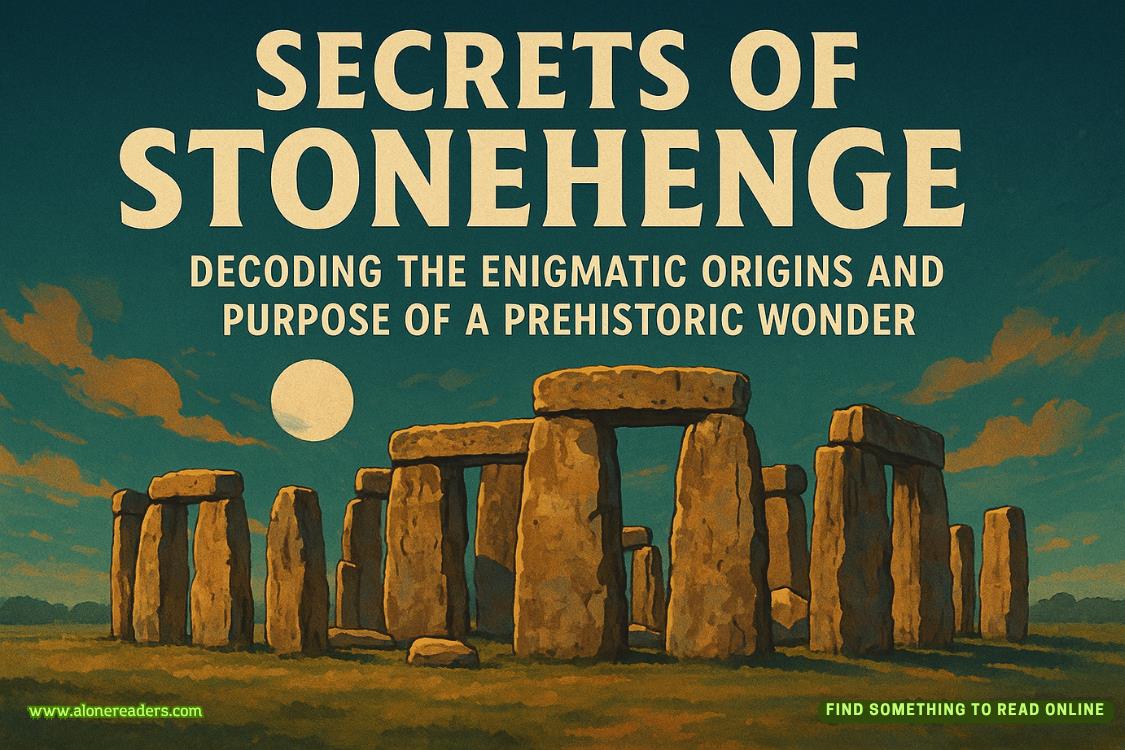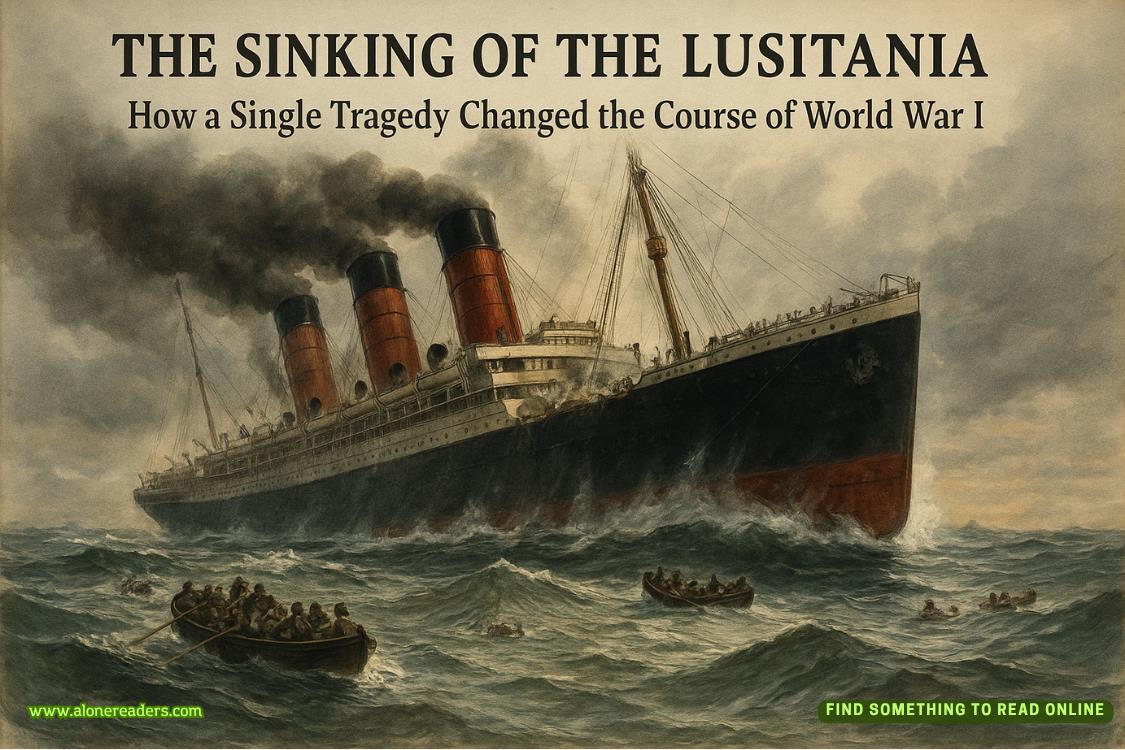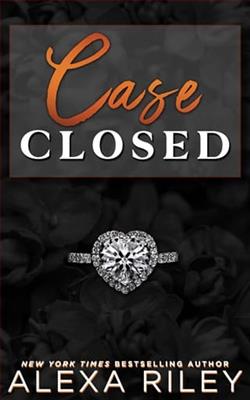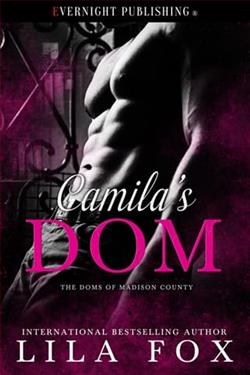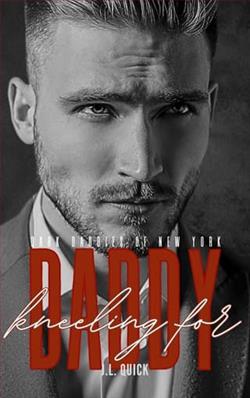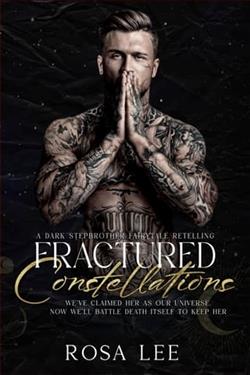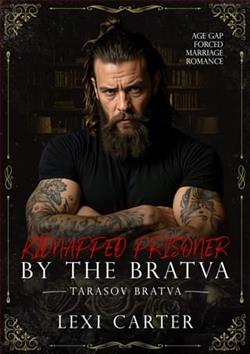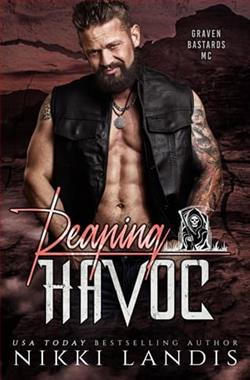Page 17 of The Blue Hour
Dutifully and in silence, Becker follows Sebastian along the hall to the ‘blue room’, so-named for its curtains, in which they have laid in the centre an antique Aubusson rug in shades of blue and cream.
It is not at all to Becker’s taste. ‘It’s very fine,’ he says.
‘Isn’t it?’
Becker nods, pressing his lips together firmly. ‘Veryfine. Where did you get it? You didn’t tell me you were looking for one.’
Sebastian crouches down, brushing the back of his hand against the wool. ‘Mother got it, at auction. Without tellingme,’ he says, rising back to his full height. He gives Becker a knowing look and they both smile. ‘I’m sorry about earlier,’ he says.
‘Not at all, I was … a dick.’
‘You were.’ Sebastian laughs, slapping him on the shoulder. ‘But even so. It’s not just about Hels.’ He turns away and Becker follows, heading back down the hallway towards Becker’s office. ‘Mother not liking you, I mean. There’s more to it than that.’
‘I know,’ Becker says.
‘It’s notjustbecause you’re a filthy working-class interloper,’ Sebastian says, chuckling. ‘You know it’s complicated. It’s about my father, and Vanessa, and you being … well, a constant reminder of Vanessa, and all that went on—’
‘But you know Vanessa’s work would be here with or without me.’
‘It would, of course. But you’re sort of … theembodimentof some pretty negative associations for her.’ He shrugs. ‘Ah, look – she’s been in a foul mood since she saw the doctor last week anyway.’
They’ve reached his office door. ‘There’s nothing wrong, is there?’ Becker asks. He’s ashamed to realize how much the idea of Lady Emmeline being unwell pleases him.
Sebastian scoffs, shakes his head. ‘Lady Em will outlive us all,’ he says. ‘The doc’s told her that the reason she’s not sleeping and is feeling so …antsyall the time is that she might have post-traumatic stress disorder, of all things. As you can imagine, she’s not best pleased about that.’ He walks before Becker into the office, strolling across to the window behind the desk. The snow is still falling, it’s heavier now, stickier. ‘To be fair, they do say it about pretty mucheveryonethese days, don’t they? PTSD, I mean. Used to be you had to have been blown up by terrorists orpinned down under enemy fire. Nowadays all you need do is hit the family cat with your car.’ He turns, smiling ruefully at Becker, who nods and looks away. ‘I know what you’re thinking: ah, but she didn’t run over a cat, she accidentally shot her husband in the neck and he bled out in front of her. Iknow.’ Becker never ceases to be astounded by the stiffness of Sebastian’s upper lip in the face of this – and other – misfortunes. ‘I know, you know, but the doctor doesn’t. He got the official line, like the police and the press and everyone else, which was probably a mistake. I think we could probably have counted on the doc to be discreet …’ Sebastian smiles, shaking his head. ‘That’s just the way it went.’
The way it wentwas that Mr Bryant, the gamekeeper, who is not much younger than Sebastian’s mother and has worked for her family since he was a teenager, claimed that the stray shot came from his gun, sparing Lady Emmeline the ordeal of a police investigation and all the press intrusion that would go with it. Therewasan investigation, which cleared Bryant of any wrongdoing – the fault, if there were any, lay with Douglas himself, who had walked ahead of the guns and put himself in harm’s way – and he retired a few months later. Quite possibly, Becker thinks, with a rather more generous pension than he might have been expecting.
‘I’m sorry, Seb,’ Becker says. ‘I forget sometimes just how much it is you’re dealing with.’
Sebastian scoffs. ‘A bunch of octogenarians running around with high-powered rifles, what could possibly go wrong?’ His smile has become strained. ‘They had no business going out there, any of them, but what can you do? Imagine me trying to get in Emmeline’s way.’
Becker steers the conversation towards the mundane – an auction Sebastian is planning to attend in Edinburgh, the housetours they are considering launching next spring, for which Seb has managed to rustle up a little publicity.
‘I persuaded theSunday Timesjourno to ping over her copy just to make sure there are no literals. I’m going to email it to you – you’ll give it the once-over, won’t you?’
‘Sure,’ Becker says. ‘Any good?’
Sebastian rocks his head side to side. ‘She’ll not win a Pulitzer.’
DARK DELIGHTS AT FAIRBURN HOUSE
Maria Atwater gets a sneak preview of the expanded Lennox Collection.
The past few years have been a roller coaster for Sebastian Lennox. In 2016 he was appointed director of the Fairburn Foundation, the charitable trust founded by his father, Sir Douglas, and his stewardship received a surprise boost when Fairburn inherited the Vanessa Chapman estate the following year.
Heartbreak and tragedy, however, were waiting in the wings. In the summer of 2019, Sir Douglas Lennox was killed in a shooting accident on the family estate. A few months later, Lennox’s fiancée called off their wedding. And then Covid happened, laying to waste plans for the foundation’s first major exhibition at the Lennoxes’ ancestral home in the Borders, Fairburn House.
‘It has been tough,’ Sebastian tells me, ‘though no tougher than many people have experienced over the past couple of years. And we now look to the future with great excitement.’
Perhaps the most intriguing part of the Lennox Collection are the Chapmans, many of which have never been seen before. Highlights include a number of small but powerfully intense seascapes and paintings of Eris Island in all tides andweathers. Hope is Violent, believed to be the last picture Chapman completed before her death, is particularly poignant, giving us a dramatically rendered view of Sheepshead Island, as seen from Chapman’s bedroom window.
Most thrilling of all, though, is the group of five works the late artist referred to in her diaries as her ‘black paintings’ – large canvases straining under the weight of thickly applied paint in lustrous shades of green and blue, black and grey. Three are pure abstractions, but two of them feature figures, smiling wolfishly, engaging in transgressive acts; they are bleak fairy tales, the most narrative of all of Chapman’s works.
Spaciously displayed and sensitively lit in Fairburn’s Great Hall, the black paintings are astonishing and strange. ‘They have this very sinister, nightmarish quality to them, but we don’t really know what they’re about,’ Lennox says. ‘At the moment, we can only speculate – is the figure in the paintings Julian Chapman [Vanessa’s late husband]? Or is it an embodiment of the cancer that killed her? We hope that with full access to Chapman’s papers, we might be able to discover more about where these extraordinary paintings came from and what they represent.’
Other surprises in the bequest include a small number of sculptures, includingBeached,Division IandDivision II, which were displayed in Paris at the Musée d’Art Moderne’s much-praisedTwenty-Oneshow.
‘The sculptures are fascinating not least because they seem to reference an earlier period in Chapman’s work,’ says James Becker, creative director of the Fairburn Foundation. Becker, an old university pal of Sebastian Lennox’s, is a Chapman expert. ‘Before [Chapman] became known as an expressionist painter, she was a practitioner of assemblage, arrangements of objects she found near her home in Oxfordshire. Those earlyworks were belittled by critics – dismissed as “folk art” – and as a result, Chapman seemed to have lost faith in the practice and abandoned it. But the discovery of these sculptures proves that she never lost her interest in the use of found, natural objects. Here we see them used in conjunction with created forms to powerful effect.’




